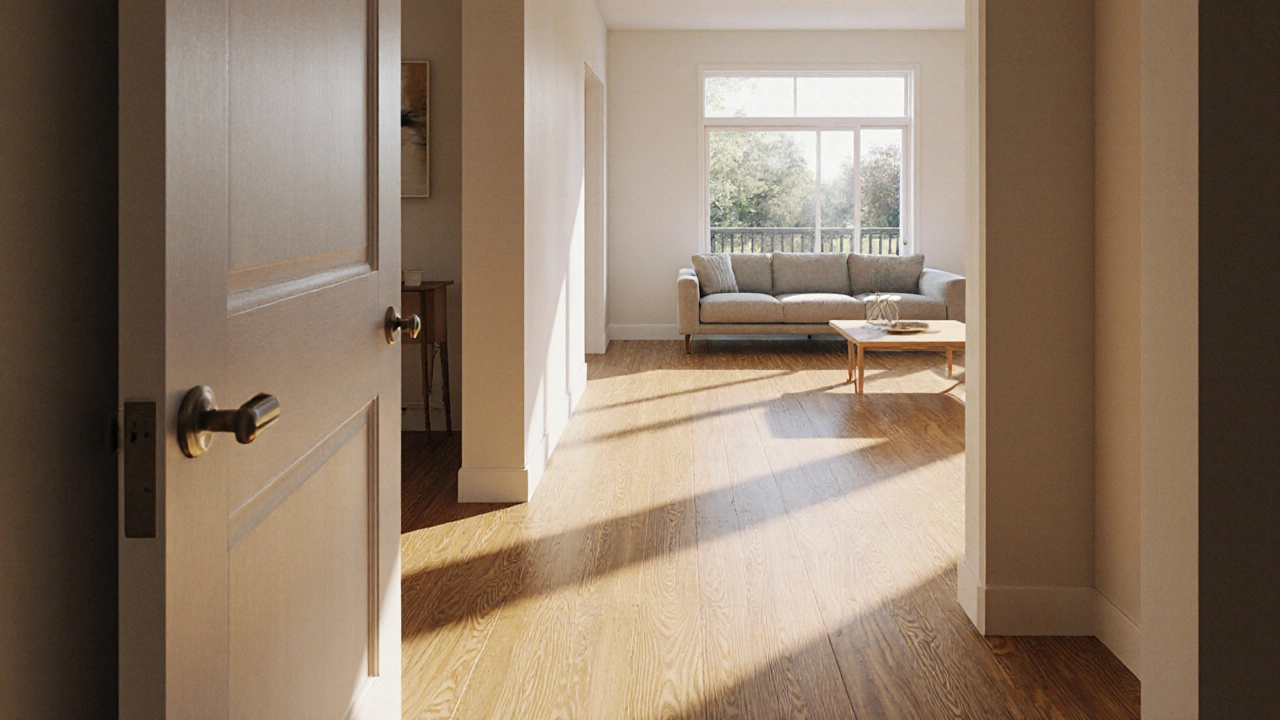Flooring Continuity: Why Seamless Surfaces Matter
When talking about Flooring Continuity, the smooth, uninterrupted transition between floor sections that prevents tripping and maintains performance. Also known as continuous flooring, it is a core concept in both sports venues and modern interiors. Flooring continuity is more than a buzzword – it defines how a surface behaves under foot, how it looks, and how long it lasts.
Connecting Performance and Durability
In a basketball court or a gym, Gym Floor Durability, the ability of the floor to resist wear, impact, and moisture over years of use directly depends on continuity. When the surface is consistent, athletes experience predictable grip, reducing the risk of ankle twists. In fact, flooring continuity encompasses seamless surface transitions, which means fewer joints that can wear out or create uneven spots. This continuity requires proper subfloor preparation and the right material choice, linking it to construction standards.
Sports flooring experts also note that Sports Flooring, specialized surfaces designed for high‑impact activities like basketball, volleyball, and indoor tracks benefits from continuity because it spreads impact forces evenly across the area. The result is less fatigue for players and a longer lifespan for the floor itself.
Beyond performance, continuity influences maintenance. A continuous floor cleans faster because there are no gaps where dirt can hide. Maintenance crews spend less time sealing joints, which translates into lower operational costs for schools, clubs, and gyms.
Aesthetic Flow in Interior Design
When you step into a sleek office or a stylish home, Interior Design, the art of arranging spaces to be functional, attractive, and harmonious often relies on flooring continuity to tie rooms together. A continuous wood or vinyl floor can make a small apartment feel larger, while a single‑piece epoxy finish gives a modern loft an industrial edge.
Designers use continuity to create visual pathways that guide the eye, making spaces feel intentional rather than disjointed. This approach enables clear sightlines and supports the overall aesthetic, whether the goal is a minimalist loft or a vibrant sports bar. The choice of material—laminate, polished concrete, or rubber—still respects the same principle: keep the surface unbroken.
Construction Standards That Keep Floors Whole
Achieving true flooring continuity doesn’t happen by accident; it follows Construction Standards, the set of guidelines and codes that dictate how buildings and their components are built. These standards cover everything from subfloor moisture testing to expansion joint placement. When contractors adhere to them, they prevent premature cracking and ensure the floor expands or contracts without creating visible seams.
Key attributes of good standards include moisture barrier installation, level subfloor preparation, and proper curing times for adhesives. By meeting these criteria, builders guarantee that the finished floor will stay level and smooth for years, whether it’s a hardwood gym, a rubberized running track, or a polished marble lobby.
When standards are ignored, you’ll see ugly ridges, gaps, or even floor delamination. That’s why many facility managers schedule regular inspections that check for continuity breaches before they become costly repairs.
What’s Next?
Now that you understand why flooring continuity matters—from boosting athlete safety and extending gym floor durability, to enhancing interior design flow and meeting construction standards—you’ll see the value in the articles below. They dive deeper into training plans, renovation tips, and material choices, giving you actionable insights to apply in your next project or fitness goal. Keep reading to find the detailed guidance you need.
 11 Oct 2025
11 Oct 2025
Explore the pros and cons of using the same flooring throughout your house, with design tips, cost guides, and practical transition solutions to help you decide the best approach.
View More
